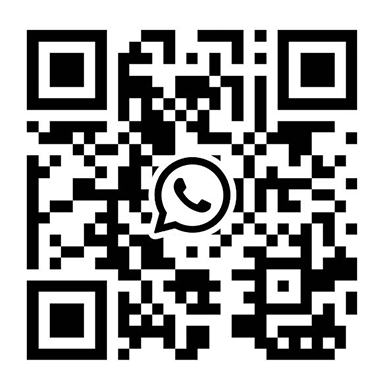In the realm of medical procurement, especially when dealing with highly specialized tools such as ophthalmic equipment, accuracy, traceability, and compliance are paramount. One of the most critical documents that ensures these standards are met during the shipping process is the packing list.
So, does the supplier provide a packing list for ophthalmic equipment shipments? The short answer is: Yes, reputable suppliers always provide a detailed packing list—and if they don’t, it’s a red flag.
Let’s explore why this document is essential, what it typically includes, and how it benefits both the purchasing manager and the receiving department.
📦 What Is a Packing List?
A packing list is a formal document prepared by the supplier that accompanies a shipment. It details the contents of the package(s), ensuring that the buyer knows exactly what was sent, how it was packed, and how to verify the delivery.
🛠️ Why Is a Packing List Crucial for Ophthalmic Equipment?
Ophthalmic devices—such as autorefractors, slit lamps, and OCT machines—are often:
- High-value
- Delicate and sensitive
- Composed of multiple components
- Subject to regulatory compliance
A packing list ensures that:
- All components are accounted for
- The shipment matches the purchase order
- The receiving team can quickly verify the contents
- Customs clearance is streamlined (for international shipments)
- Warranty and return claims can be substantiated
📋 What Does a Typical Packing List Include?
A comprehensive packing list from a high-quality ophthalmic equipment supplier will include:
- Supplier details: Name, address, contact info
- Buyer details: Your clinic or hospital information
- Purchase order number
- Invoice number
- Shipping date
- Carrier and tracking number
- Itemized list of contents, including:
- Product names and model numbers
- Serial numbers (especially for devices)
- Quantity of each item
- Weight and dimensions of each package
- Packaging type (e.g., crate, box, pallet)
- Special handling instructions
- Country of origin (important for customs)
🧾 Is the Packing List the Same as the Invoice?
No, although they are often sent together, the packing list is not a financial document. It does not include pricing or payment terms. Instead, it serves as a logistical and verification tool.
For customs purposes, however, some countries may require a commercial invoice and a packing list to be submitted together.
✅ Benefits for the Purchasing Manager
As a purchasing manager, receiving a detailed packing list allows you to:
- Verify shipment accuracy immediately upon arrival
- Identify missing or damaged items quickly
- Streamline inventory intake with barcode or serial number tracking
- Maintain compliance records for audits or certifications
- Facilitate warranty claims by matching serial numbers
🚚 What If the Supplier Doesn’t Provide a Packing List?
If your supplier fails to include a packing list, it can lead to:
- Delays in receiving and inspecting goods
- Confusion about what was ordered vs. what was received
- Customs clearance issues (especially for international shipments)
- Increased risk of disputes or warranty complications
In such cases, it’s advisable to:
- Request the packing list immediately
- Review your supplier agreement to ensure it’s a required document
- Consider switching suppliers if the issue persists
📦 Best Practices When Receiving Ophthalmic Equipment
To ensure a smooth receiving process:
- Always compare the packing list with the purchase order
- Use RFID or barcode scanners to log serial numbers
- Check for hidden damage even if the box appears intact
- Document any discrepancies with photos and notes
- Notify the supplier within 24–48 hours of any issues
🔍 Frequently Asked Questions (FAQ)
1. Is a packing list required for customs clearance?
Yes, especially for international shipments. Customs officials use the packing list to verify that the contents match the declared items on the invoice. Learn more from U.S. Customs and Border Protection.
2. Can I request a digital copy of the packing list?
Absolutely. Most modern suppliers provide both physical and digital copies, often via email or through a procurement portal. Digital copies are useful for record-keeping and audits.
3. What should I do if the packing list doesn’t match the shipment?
Immediately:
- Take photos of the shipment
- Document discrepancies
- Notify the supplier and your internal procurement team
- File a claim if necessary
4. Should the packing list include serial numbers?
Yes, especially for high-value ophthalmic devices. Serial numbers are essential for:
- Warranty registration
- Service tracking
- Inventory management
5. Can a packing list be used for insurance claims?
Yes. In the event of loss or damage during transit, the packing list serves as proof of what was shipped. It should be submitted along with the invoice and photos when filing a claim.
📌 Final Thoughts
In the procurement of ophthalmic equipment, the packing list is far more than just a checklist—it’s a vital document that ensures transparency, accuracy, and accountability at every stage of the supply chain.
As a purchasing manager, you should always expect a detailed packing list with every shipment. If your supplier doesn’t provide one, it’s time to reassess your vendor relationship. After all, in a field where precision matters, documentation is everything.

